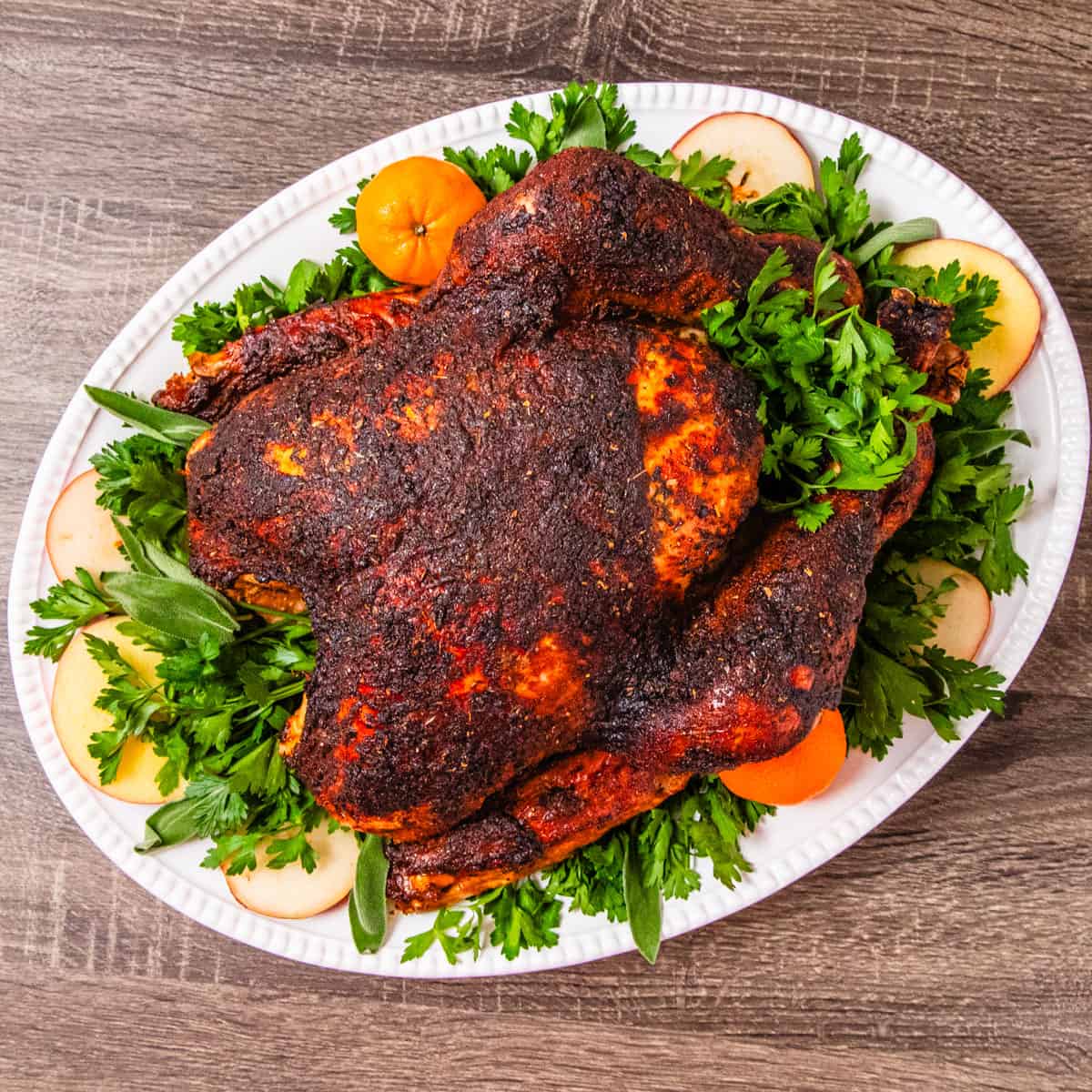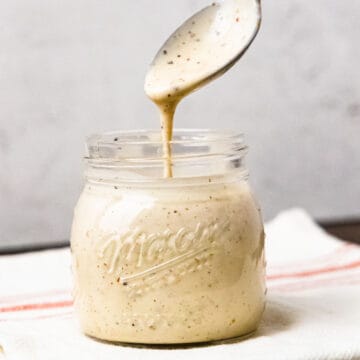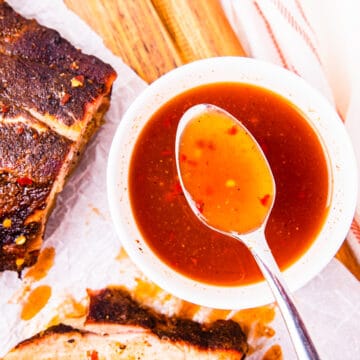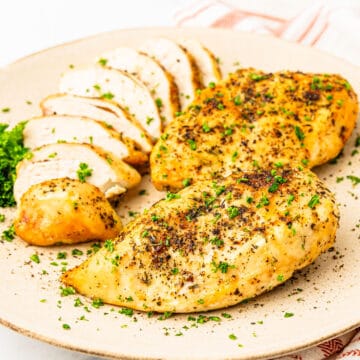This homemade Creole seasoning is packed with bold, zesty flavor and is perfect in a variety of Cajun and Creole dishes. In this post, I'll provide simple step-by-step instructions and tips for making your own Creole seasoning at home.

Jump to:
What is Creole Seasoning?
Creole seasoning is a blend of spices and dried herbs that is commonly used in Cajun and Creole dishes like gumbo and jambalaya. It typically consists of smoked paprika, ground black and white peppers, garlic powder, onion, powder, oregano, thyme, and cayenne pepper.
The flavor profile is savory, with a bit of smokiness from the smoked paprika and mild heat from the ground black and white peppers and cayenne.
Creole Seasoning vs. Cajun Seasoning
Cajun seasoning is very similar to Creole seasoning, but they are different. Cajun seasoning is typically spicier and uses more cayenne pepper. It also doesn't typically contain dried herbs.
Creole seasoning has a similar base of paprika, pepper, garlic powder, and onion powder, but builds on that base with the addition of dried herbs and is typically milder.
The two are often used interchangeably in Cajun recipes.
Why this Recipe Works
I love making my own seasoning mixes at home. Most use common pantry ingredients you likely already have, and you don't have to pay a premium for premixed seasonings. You can also control the flavors to suit your taste.
- Simple Ingredients - Homemade Creole seasoning uses common pantry staples.
- Customizable - You can control the quantity and quality of the ingredients to suit your tastes.
- Flavorful and Versatile - This blend of herbs and spices is loaded with flavor and can be used to boost the flavor in a wide variety of dishes.
Ingredient Notes

- Smoked Paprika - Smoked paprika adds smokiness to the seasoning and is worth buying for this recipe if you don't have it on hand. It's great for adding flavor to many other rubs and seasoning blends. You can use regular sweet paprika if preferred, but the flavor will be slightly different.
- Cayenne Pepper - Creole seasoning typically has a mild to medium heat level and is more focused on savory and herbaceous flavors, so the amount of cayenne used is low. You can always add more to suit your taste if you like more heat. If you prefer a milder taste, chili powder can be used instead of cayenne.
See the recipe card at the bottom of this post for the complete list of ingredients and measurements.
Step-by-Step Instructions
- Add all of the ingredients to a small bowl and stir until well combined. Store in an air-tight jar or container for up to 3 months.


Expert Tips
- For the best flavor, use fresh dried herbs and spices. The flavors diminish with time.
- This seasoning mix can be stored for 3 months or longer. The flavor will decline as it ages, but it is still okay to use for a year or more.
- This recipe makes approximately ½ cup of seasoning.
How to use Creole Seasoning
This seasoning is traditionally used in Cajun dishes but is a delicious addition to just about any meat and seafood dish. It's excellent for shrimp boils, soups, and stews too.
I use it in my Cajun dirty rice recipe, and it's perfect for my creamy Cajun shrimp pasta. It is also amazing on Cajun roasted turkey!

Frequently Asked Questions
Old Bay is a common spice blend for shrimp boils in place of Cajun or Creole seasoning. The flavor profile is quite different since Old Bay is not spicey and contains celery salt, so it is not a direct substitute.
Creole seasoning is made of paprika, salt, onion powder, garlic powder, oregano, thyme, black pepper, white pepper, and cayenne pepper.
More Seasoning and Sauce Recipes
📖 Recipe

Creole Seasoning Recipe
Ingredients
- 2 Tablespoons smoked paprika
- 1 Tablespoon onion powder
- 1 Tablespoon Garlic powder
- 1 Tablespoon Kosher salt
- 2 teaspoons freshly ground black pepper
- 2 teaspoons ground white pepper
- 2 teaspoons dried thyme
- 2 teaspoons dried oregano
- 1 teaspoon cayenne pepper
Instructions
- Add all of the ingredients to a small bowl and stir until well combined.
Notes
Nutrition
* All nutrition information we provide are estimates based on third party calculators. We encourage you to calculate these on your own for accurate results.










Leave a Reply